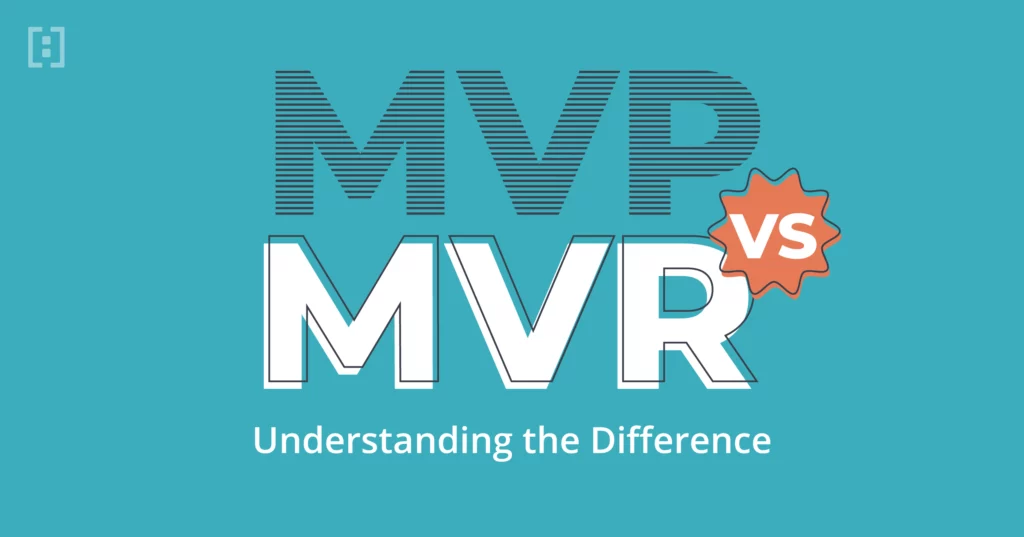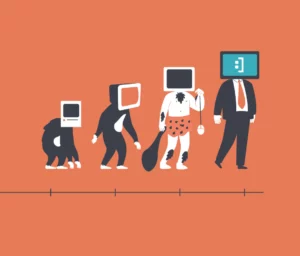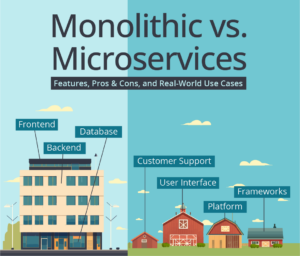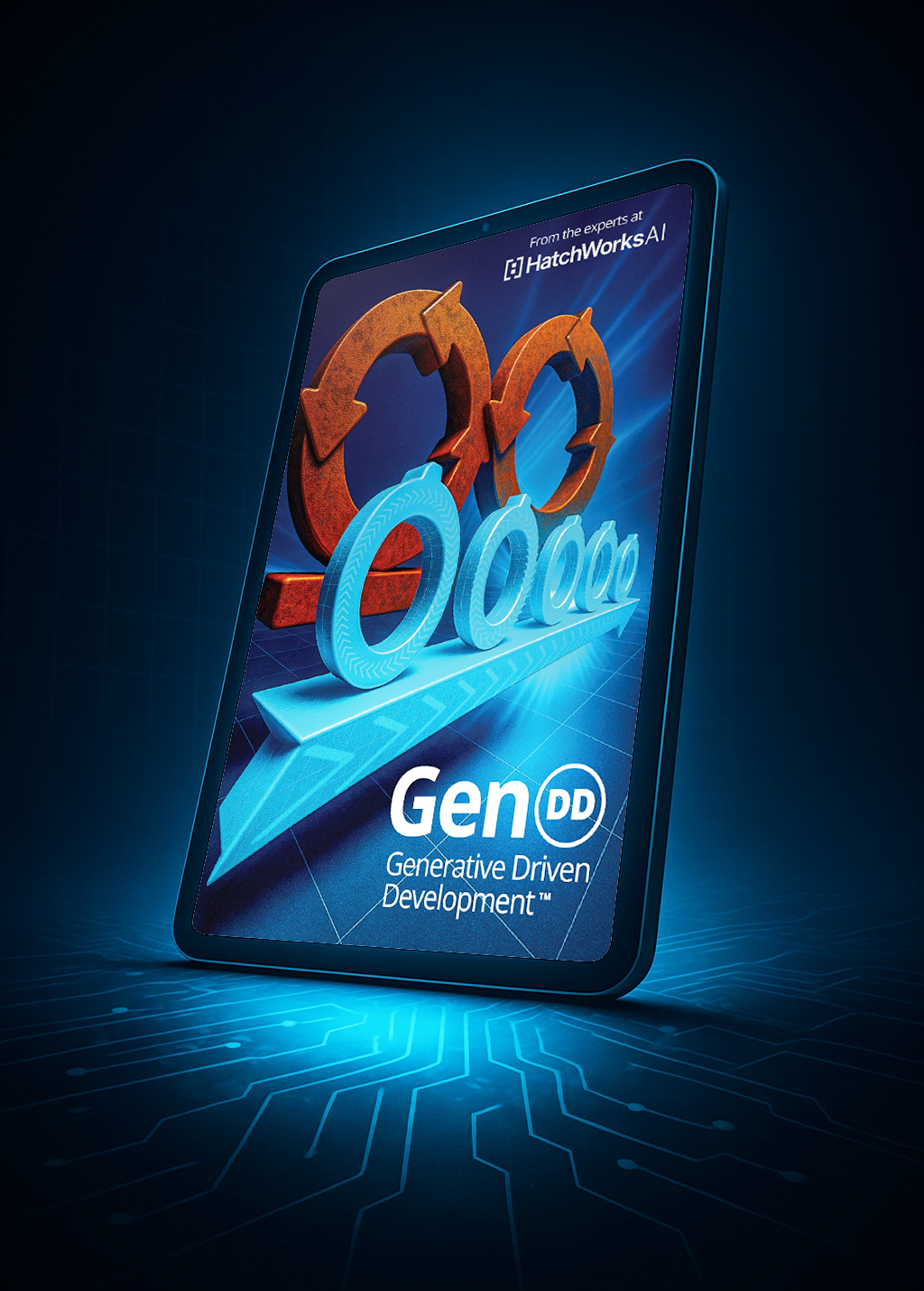Contrary to popular belief, the Minimum Viable Product (MVP) approach is not the only way to build a digital product. While it is a proven approach to building and validating new solutions, it falls flat when looking to replace an existing solution.
So how do you approach modernizing an existing solution? Enter the Minimal Viable Replacement (MVR), which focuses on building the minimal set of features needed to replace an existing solution and provide an improved experience for users.
Whether you’re in product, engineering, or running a project, understanding the difference between MVP and MVR will give you a powerful toolset for creating and improving digital products. Let’s start by defining each and then get into what makes them different.

What is a Minimum Viable Product (MVP)?
An MVP, or minimum viable product, is a product with just enough features to be viable for a specific group of potential customers. The purpose of the MVP development process is to quickly test a product idea with a small group of users in order to gather feedback and data. This information can then be used to make a determination to continue, pivot, or stop development if the idea does not prove viable.
MVPs are typically stripped-down versions of a product, the smallest possible product, with only the most essential features and minimum functionality included. This allows the product to be released and tested in the market more quickly and at a lower cost. MVPs are intended to be functional products that can be sold, but they are not necessarily the final product.
The MVP approach is typically taken by startups who are looking to quickly validate a business idea or larger companies who are looking to test a new greenfield idea separate from their current products.
What is a Minimum Viable Replacement (MVR)?
A Minimal Viable Replacement (MVR) is an approach, popularized by Kevin Mireles, to replace a legacy solution that has an existing base of users or customers. With an MVR, you already know a market exists for your solution. The question becomes, can your new solution meet and exceed the value delivered by your old solution?
The approach focuses on decomposing the needs of the new system(s) into a clearly defined roadmap. This roadmap focuses on delivering valuable chunks of functionality into the hands of target users as soon as possible with minimal impact on their existing work.
Essentially, an MVR is the culmination of all the MVPs required to migrate existing customers to your new solution with minimal loss of existing customers. This approach is typically taken by mid-market or large companies that have existing solutions that need modernizing in some way.
To learn more about the approach, check out Minimum Viable Replacement: A New Approach to Modernizing Legacy Solutions.
What is the difference between MVP and MVR?
The key difference between MVP and MVR is in the goal and approach. While nuanced, they are critical to understanding when determining which approach is ideal for your software development project.| MVP | MVR |
|---|---|
|
Primary goal: validate a market or product hypothesis
|
Primary goal: migrate existing customers to the new modern system with minimal churn allowing for more agility
|
|
No existing customers
|
Existing customer base
|
|
Focused on attracting new customers
|
More focused on retaining existing customers than attracting early adopters
|
|
Competing against other companies or existing behaviors
|
Competing against your existing solution
|
|
Deeper research required to vet the viability of the solution
|
Minimal research required as the solution has already been proven to have market fit
|
|
Focused on a very small set of target customers and use cases to prove out the product’s value proposition
|
Focused on identifying the most valuable and sometimes extreme use cases for your most valuable customer segments among the many existing customer segments
|
|
Focused on new functionality
|
Focused on improving core functionality first, and typically new capabilities second
|
|
Targeted few specific workflows
|
Many existing workflows exist with existing users typically creating their own a-typical process within your system
|
|
Leverage new technology
|
Have to account for existing legacy technology
|
|
Ability to create new processes with a greenfield project
|
Must account for existing organizational norms, process, and culture
|
Why building new products and updating existing ones require a completely different approach
MVP and MVR are two important approaches in product development. Understanding each can help you determine which approach is best for you, and prevent you from wasting time, money, and resources, and losing customers.
Taking on an MVR is not for the faint of heart. You need a partner who can help guide you through the process, and not only protect your existing base of users but ensure you are set up for future growth.
Contact us to learn more about the MVR approach and how we can use it to turn your modernization project into one that will be the gold standard for future projects to come.




